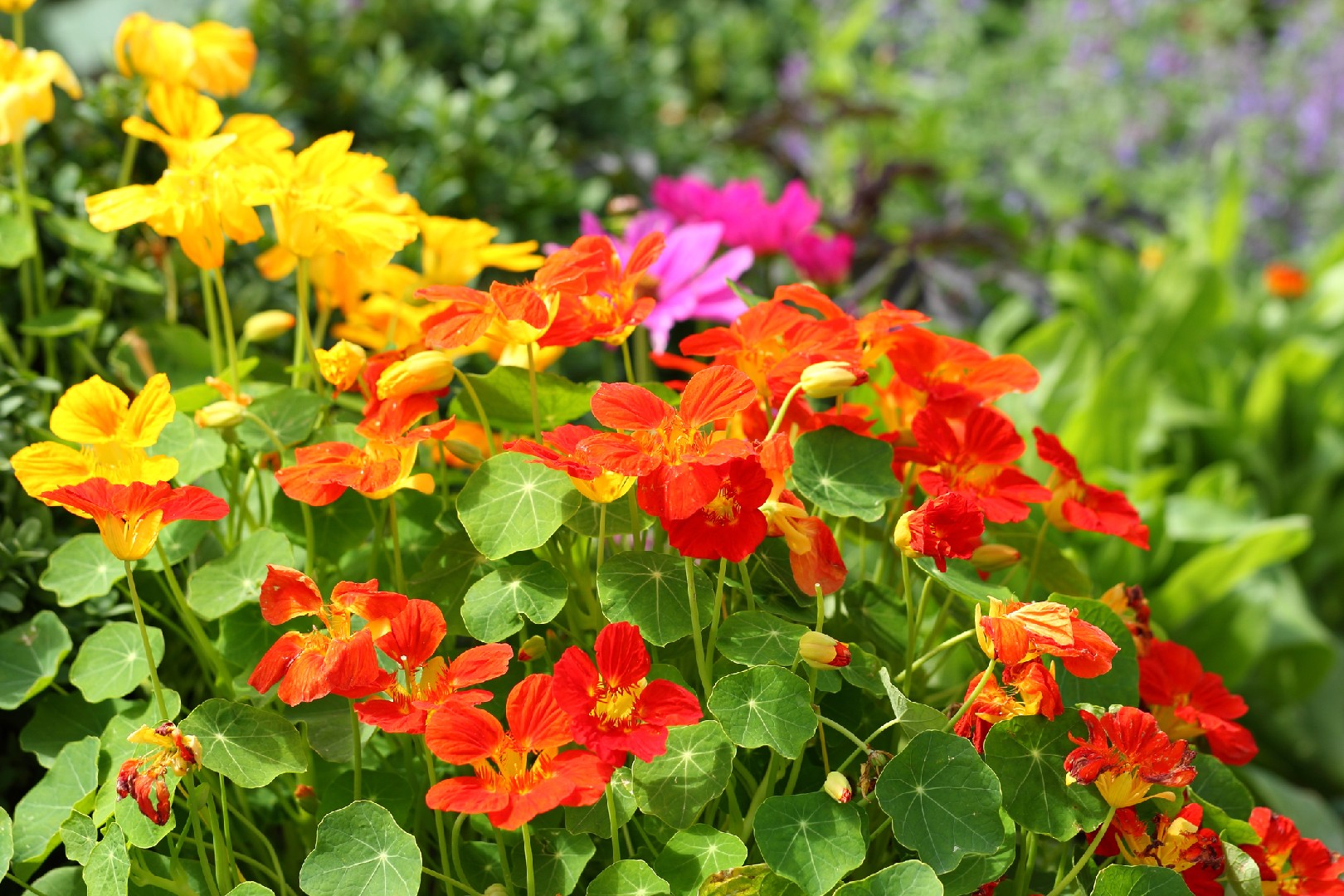![Rectangle]()
Edible Flowers: The Taste Behind the Beauty
Edible flowers have a long and rich history that stretches back centuries. People have been incorporating flowers into their cuisine for both their visual appeal and their unique flavors. From ancient civilizations to modern-day gourmet kitchens, edible flowers have delighted palates and added an enchanting touch to dishes.
One of the most popular edible flowers is the pansy. These delicate flowers are not only beautiful, but they also have a mild, slightly sweet flavor. Pansies come in a variety of colors, including purple, yellow, and white, making them a vibrant addition to any dish. They are often used to garnish salads, desserts, and cocktails, adding a pop of color and a subtle floral note.
Another common edible flower is the nasturtium. These vibrant orange and yellow flowers have a spicy, peppery flavor that adds a kick to salads and savory dishes. Nasturtium leaves and petals can also be used to make a flavorful pesto or herbal tea. Their bold colors and distinct flavor make them a popular choice for garnishing plates and creating visually stunning dishes.
For those looking to add a touch of exoticism to their dishes, the hibiscus flower is an excellent choice. The deep red petals of the hibiscus have a tangy, citrusy taste that pairs well with both sweet and savory dishes. Hibiscus flowers are often used to make teas, jams, and syrups, infusing them with their unique flavor and vibrant hue. They can also be dried and ground into a powder to be used as a natural food coloring.
In addition to their beauty and flavor, edible flowers also offer several health benefits. Many flowers, such as lavender and chamomile, have calming properties that can help promote relaxation and reduce anxiety. Others, like calendula and marigold, have anti-inflammatory properties that can soothe skin irritations and promote healing. By incorporating edible flowers into your diet, you can not only enjoy their enchanting taste but also reap the health benefits they provide.
To incorporate edible flowers into your cooking, it's important to remember a few key tips. First, always make sure to properly identify flowers before consuming them, as some can be toxic. It's also important to use organic, pesticide-free flowers whenever possible to ensure their safety and flavor. When using edible flowers, be creative and experiment with different combinations to discover new flavor profiles. And finally, always use flowers sparingly, as their intense flavors can easily overpower a dish.
In conclusion, edible flowers are a feast for the eyes and the taste buds. Their unique flavors, vibrant colors, and health benefits make them an enchanting addition to any dish. By incorporating edible flowers into your cooking, you can elevate your culinary creations and create a truly unforgettable dining experience. So why not embark on a journey through a magical world of edible flowers and discover the beauty you can taste?





